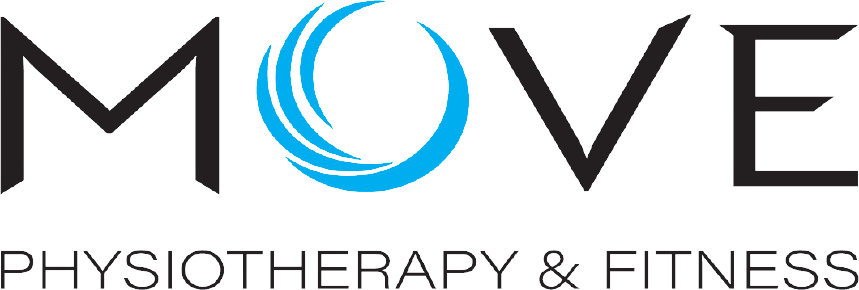- February 12, 2021
- Posted by: Daniel Ryan
- Categories: knee pain, Low Back Pain, Mental Health Awareness, Move Physiotherapy, Neck Pain, physio, Shoulder Pain

Managing Pain
In our last blog we discussed factors that may be contributing to your pain. These included stress, anxiety, poor sleep hygiene, work related stress / financial hardship, fear of pain severity or movement, previous exposure to pain, and other unhelpful beliefs regarding pain (e.g. that pain is caused by damage).
Acknowledging and understanding that these factors can contribute to your pain experience is the first step to managing your response to pain. Once these factors have been identified as elements contributing to your pain experience, you can then put strategies in place to reduced the factors’ effect on your pain. These strategies include:
Managing Stress / Anxiety:
- In our busy lifestyles, it is easy to accumulate work, life, financial, and family stressors, which often go unnoticed. These stressors influence our pain experience by making our brain and neuro-immune system more protective
- Strategies fore managing stress and anxiety include:
- Self-reflection to identify possible stressors
- Breathing control exercises
- Daily meditation (guided meditation, music, practising daily mindfulness)
- Visit the Pain health website fore more information
https://painhealth.csse.uwa.edu.au/pain-module/mindfulness-and-pain/
Improving Sleep Hygiene
- Pain and stress can affect your sleep. Which can also create a vicious circle, where poor sleep can then increase your pain experience
- Strategies for improving sleep hygiene:
- Speak to your physio regarding ideal sleep positions for your pain presentation
- Winding down 1-hour before going to sleep
- Developing night-time routine
- Reducing light and sound in the bedroom when going to sleep
- For more information and further strategies, see the Pain Health website!
https://painhealth.csse.uwa.edu.au/pain-module/sleep-and-pain/
Pain Education
- Our beliefs about pain and our bodies can play a large role in increasing or decreasing our pain experience. Unhelpful or negative thoughts and beliefs such as “my discs are crumbling”, “it is unsafe to bend”, or “my joints are worn out to bone on bone” can reinforce the need to protect the area and result in worsening pain or disability.
- Understanding how pain works in our body, in particular that pain is not an accurate representation of tissue health (see Understanding Pain Part 1), is of high importance when managing a pain experience. This understanding can allow you to believe that your body can change and your pain can reduce if not resolve. This can be achieved through a patient centred treatment plan implementing gradual reloading to improve the body’s strength and tolerance to load.
- For more information, see the Pain Health website!
https://painhealth.csse.uwa.edu.au/pain-module/about-pain/
Exercise + Gradual Reloading/Pacing
- Active management strategies are consistently shown to be the most helpful in managing a wide range of pain conditions, with exercise and gradual loading (otherwise known as pacing) being the most valuable.
- Cardiovascular exercise has many benefits, such as reducing stress and anxiety, improving sleep, acting as a form of meditation, and most importantly – it strengthens our body.
- Recall that a danger signal being sent from the body to the brain can trigger a pain experience. The stronger and more resilient our body’s tissues are, the less likely it is that they will become overloaded and injured, and therefore is less likely to send a danger signal to the brain.
- Pacing is a term used for gradually increasing your functional capacity whilst minimising the risk of causing a pain flare up. Your physiotherapist will be able to work with you to set a clear and easy to follow Pacing Program tailored to your own physical capacity and goals.
- For more information on moving and exercising with pain, see the Pain Health website
https://painhealth.csse.uwa.edu.au/pain-module/movement-with-pain/
- For advice and tips on Pacing, see the Pain Health website
https://painhealth.csse.uwa.edu.au/pain-module/pacing-and-goal-setting/
The Move Physiotherapy team are able to help you identify which factors may be contributing to your pain, whether they are predominantly tissues based, or whether there may be psychosocial factors contributing as well. We can then develop a comprehensive treatment plan to address the relevant contributing factors in your pain experience, and therefore, give you the best chance at managing your pain.
I hope you have found this blog series informative and helpful in understanding how our bodies work and understanding pain. Please feel free to email me with any questions at [email protected], or click here to book an appointment with our Physiotherapists to assist you with your pain.
Danelle Terry
Physiotherapist
